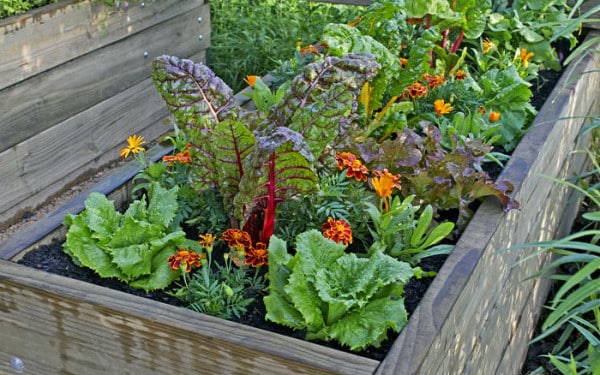Through summer when we have plenty of fresh harvests at our fingertips for the kitchen table, many gardeners who have spent the last months carefully cultivating their crops are wondering how to get the most out of their harvest. Here are some of the most effective ways to store harvests to get the most out of your garden’s summer produce.
Store more
Effective storing not only deals with reducing waste when you have a glut of fruit and vegetables, but it assists with spreading the supply over those quiet months when your plot isn’t producing as much.
Get it right, and you can guarantee access to a supply of produce almost year-round. The first step when beginning to store your crops is identifying when they are ready to be picked. The general rule is that allowing them to ripen on the vine is best suited for immediate consumption.
If immediate use is not possible, because either there’s a large quantity or you plan to use them up gradually, picking them before they reach ultimate fruition or “ripeness” will prevent them spoiling so quickly.
The rate of decomposition in fruit and veg depends on the variety and the conditions in which they are stored.

Refrigeration
Keeping your garden harvests stored in your kitchen fridge is by far the easiest option. But, for large hauls, there may not be sufficient space to keep it all. Bear in mind that the cool environment will only prevent the produce from deteriorating slightly slower than at room temperature and is best to only use in the short-term.
Most freshly-picked produce can be refrigerated alongside other groceries. Ensure that you have prepped them first by removing soil and other contaminants. However, it’s best to avoid refrigerating tomatoes because the low temperatures interfere with the chemical compounds that give them their tangy taste.
The rule of thumb is if something has gained its sweetness from the sun, don’t refrigerate it. For example, soft fruits will pick up flavours very easily and can end up tasting like the inside of your fridge’s cold box.

Freezing
Freezing is fairly fuss-free and helps to stop decaying. Legumes work very well when frozen—particularly because beans and peas can be easily separated into portions. Some fruit and vegetables will need blanching before freezing. This prevents the water from crystallising and rupturing their structure, which results in a soggy consistency when defrosted.
Blanch by plunging them into boiling water for a third of the normal cooking time and then soak them in ice-cold water and pat dry before freezing. Of all the storage methods, this one ensures the nutrients in your crops remain mostly intact until you’re ready to eat it. But, bear in mind that the high heat involved with blanching will destroy some vitamin content.

Preserving
Pickling, drying & bottling are effective ways to store harvests for a whole host of crops. Drying is probably the easiest to do as it involves slicing the fruit or veg and placing it in the oven on a very low heat (130°C) over several hours.
Try drying your tomatoes and peppers in this way. It’ll drastically change the taste and textures to create crispy additions to your dishes. Once they’re dehydrated like this, they will store much like cakes or biscuits in an airtight container for a week or so. Don’t forget, you can dry your herbs and enjoy them to sensationalise your dishes for months and months.
Pickling is marvellous for keeping produce fresh for several months at a time. Shallots and beetroots can be pickled to great effect. Boil the beetroots to soften the skin and rub the skin away. Peel the shallots first, trimming the tops and bottoms, and then leave them overnight covered in salt to draw out any moisture. You can then add these to pickling vinegar. Jams are a great way to use up garden fruit, but a good chutney recipe can be even better for utilising both fruit and veg like courgettes, plums, and tomatoes.

Boxes
When stored, some veggies may shrivel due to moisture loss. This happens most often with carrots, celeriac, swedes, and beetroot. To prevent it, just store the roots in layers of moist sand and place them in a dark cool place. Though many fruits and vegetables can store for months if they’re kept in the right conditions, it’s true that one bad apple can spoil the whole bunch. So, it’s important to check for any blemished or diseased produce before committing the whole batch to a confined space.

Sacks
Onions and garlic can be dried, plaited, and then these can be hung in an old pair of tights or netting—whatever you have that allows air to flow.
Potatoes can be stored in dark hessian sacks. These aren’t best stored in the fridge because the low temperatures lead to an enzyme called invertase breaking down the sugar into glucose and fructose, which can form acrylamide during cooking. It’s best to harvest your potatoes on a dry day; wash off any mud so that mould doesn’t grow, and then leave them to dry off in the sun.

Eat fresh
Some foods are only suited to eating fresh. For instance, celeriac is best left in the ground and used fresh. Some produce will store, but it can impact the flavour, so it’s down to you to decide on the balance. Parsnips can be left in the ground, even over winter, and harvested as required.

Leave A Comment